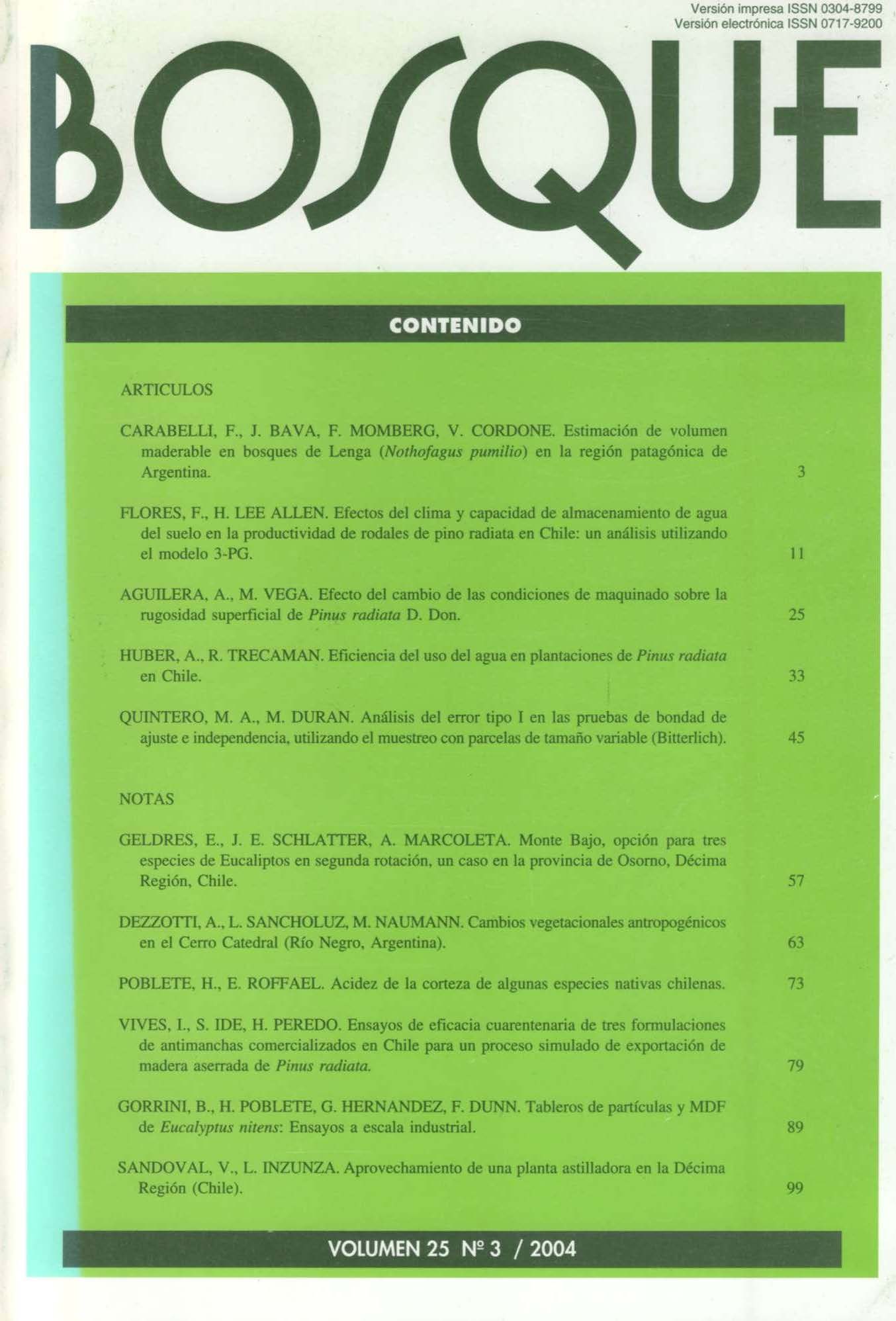Main Article Content
Dec 31, 2004
Abstract
The effect of the machining conditions on the resulting surface roughness during the milling process of radiata pine was studied. The consumption of power whilst cutting was monitored, and in addition the angle of the fiber of the test specimens was varied to observe the effect on the surface quality. The results contribute to the knowledge of the machining conditions for this species and are of great commercial interest. The influence of both the feed and rotation speed on the product quality are clear. The relationship of these speeds, considered with the depth of cut and the cutting tool diameter (constants in this case), permit a definition of chip thickness as a key factor in the determination of quality and power consumption in the process. The values relating to the angle of fibers confirm that an increase in the angle causes a pronounced deterioration in the quality, and that this correlated well with the chip thickness.


